@Maxim Delvaux - Plecnik Series, Ljubljana, Slovenia
COURSE DESCRIPTION
This year, the AA Nanotourism Visiting School returns to Ljubljana, the compact Central European capital whose rich architectural heritage includes several works by Jože Plečnik, which were inscribed on the UNESCO World Heritage List in 2021. These works, celebrated for their human-centred design and urban coherence, formed the backdrop of last year’s investigations into the contradictions and potentials of tourism in the contemporary city.
In 2024, our research confronted the unresolved tensions between Plečnik’s carefully choreographed public realm and the reality of today’s Ljubljana: a city increasingly shaped by tourism-driven commodification and global urban pressures. The 2025 edition will build on that and further focus on three distinct research territories - the work of Plecnik’s Foundation, materiality in Plecnik’s work and the Central Market under a common roof through which the participants will uncover deeply embedded cultural, spatial, and political narratives. These will serve as critical lenses through which we begin to reimagine alternative modes of engagement with the city and its inhabitants.
Participants will collaborate with local actors, stakeholders, and experts to produce evolved prototypes as installations, performative strategies, and spatial experiments that respond specifically to last year’s discoveries. Each group will operate as an investigative unit, embedding itself in one of the previously identified locations to challenge conventional roles of host and guest, citizen and tourist, insider and outsider.
The ambition is to expand the discourse and practice of nanotourism through 1:1 scale design and critical site-specific action. By returning to the same urban sites, the programme proposes a rare opportunity to work in architectural continuity with past research, and to forge meaningful, long-term impacts through design.
Joze Plecnik
Study for the Urban Development of Ljubljana and Its Surroundings, 1929
LOCATION
Faculty of Architecture, University of Ljubljana
Slovenia
ABOUT NANOTOURISM
AA nanotourism Visiting School is an architectural educational programme focusing on nanotourism - a creative critique of the current environmental, social and economic downsides of conventional tourism. Through critical thinking and close collaboration with local stakeholders, we focus on developing nanotourism case studies to reveal hidden aspects of the particular context addressing the place, its users, and locally available materials.
Over the past decade, the AA Nanotourism program has produced numerous student projects that have gained recognition and been exhibited by prestigious institutions worldwide. These include the London Design Festival in 2018, the Oslo Architecture Triennale in 2019, the Vienna Design Week in 2020, the Staatliche Kunstsammlungen Dresden in 2021, and the BIO27 Ljubljana in 2022.
APPLICATIONS
You can make an application by sending a CV (one page) and portfolio (max. 5MB) to nanotourism@aaschool.ac.uk
Subject of email: Application for AA nanotourism
Upon review, candidates will be contacted with further instructions.
Limited spaces for 2025 are remaining and we will consider applications on the first come, first served basis.
We encourage applicants to apply as soon as possible, before the capacity if full.
FEES
The AA Visiting School requires a fee of £860 per participant, which includes a £60 Visiting Membership fee, payable by all participants.
Fees cover the entire programme and provision of basic building materials. Fees do not include flights or other modes of transportation to and from the workshop area.
Fees do not cover accommodation in Ljubljana.
20% bursaries available to current AA students, your fee will be altered upon AA log in during the registration. If you have any issues, please get in touch with the Visiting School office.
MENTORS
VISITING EXPERTS
SYMPOSIOUM SPEAKERS
@Miran Kambic; Plecnik’s Architecture, Ljubljana, Slovenia
IN COLLABORATION WITH
WITH THE SUPPORT OF
SPONSORS









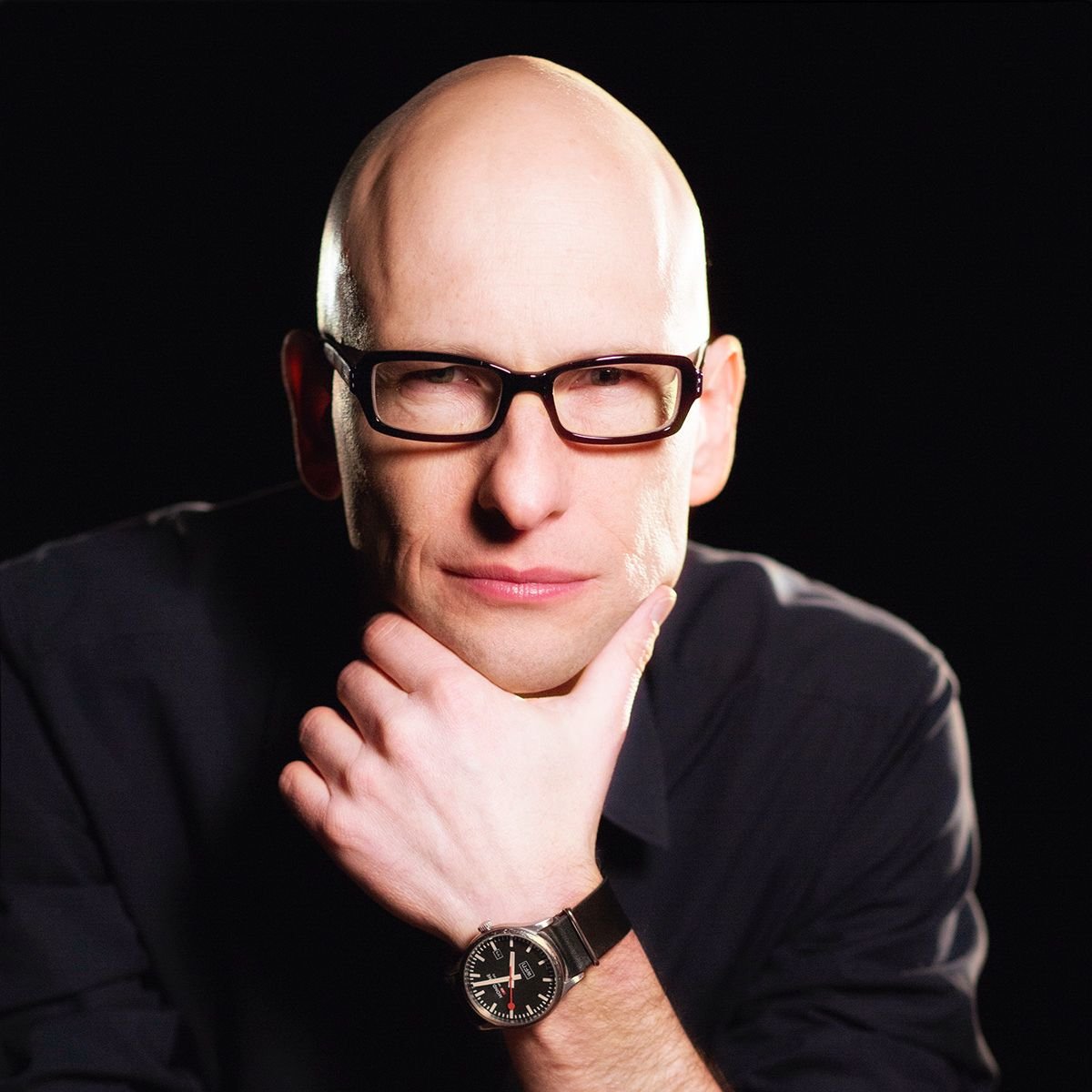


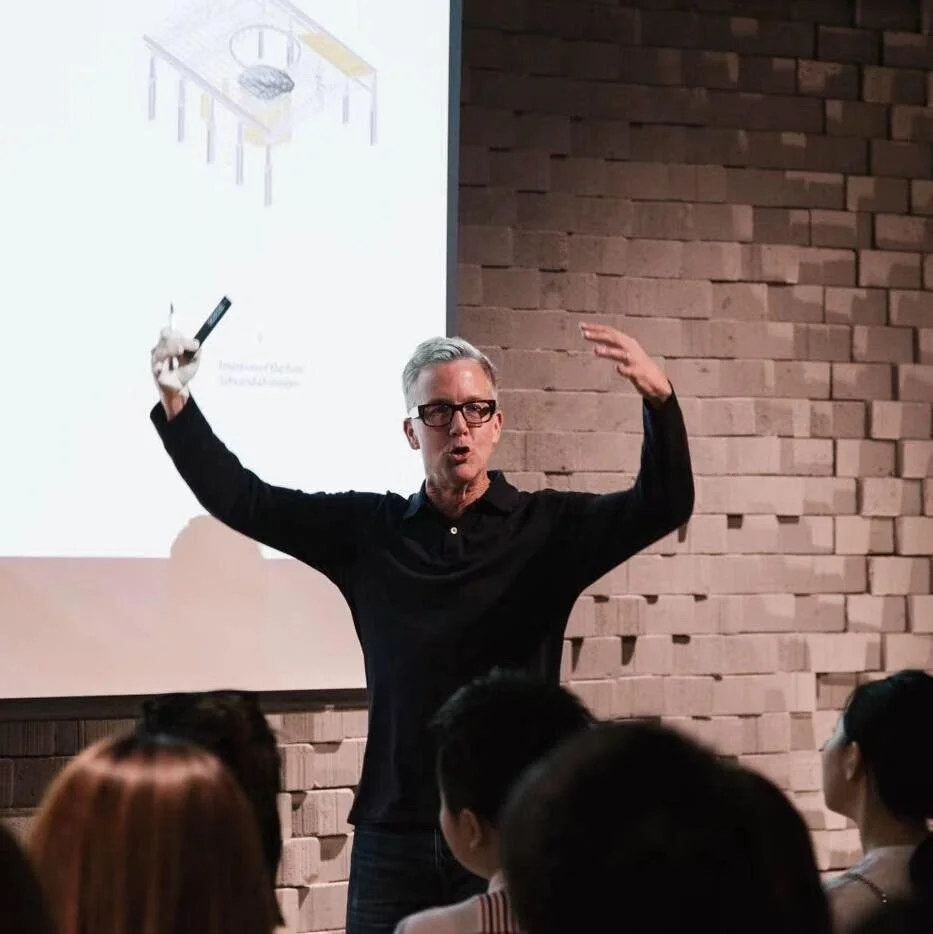


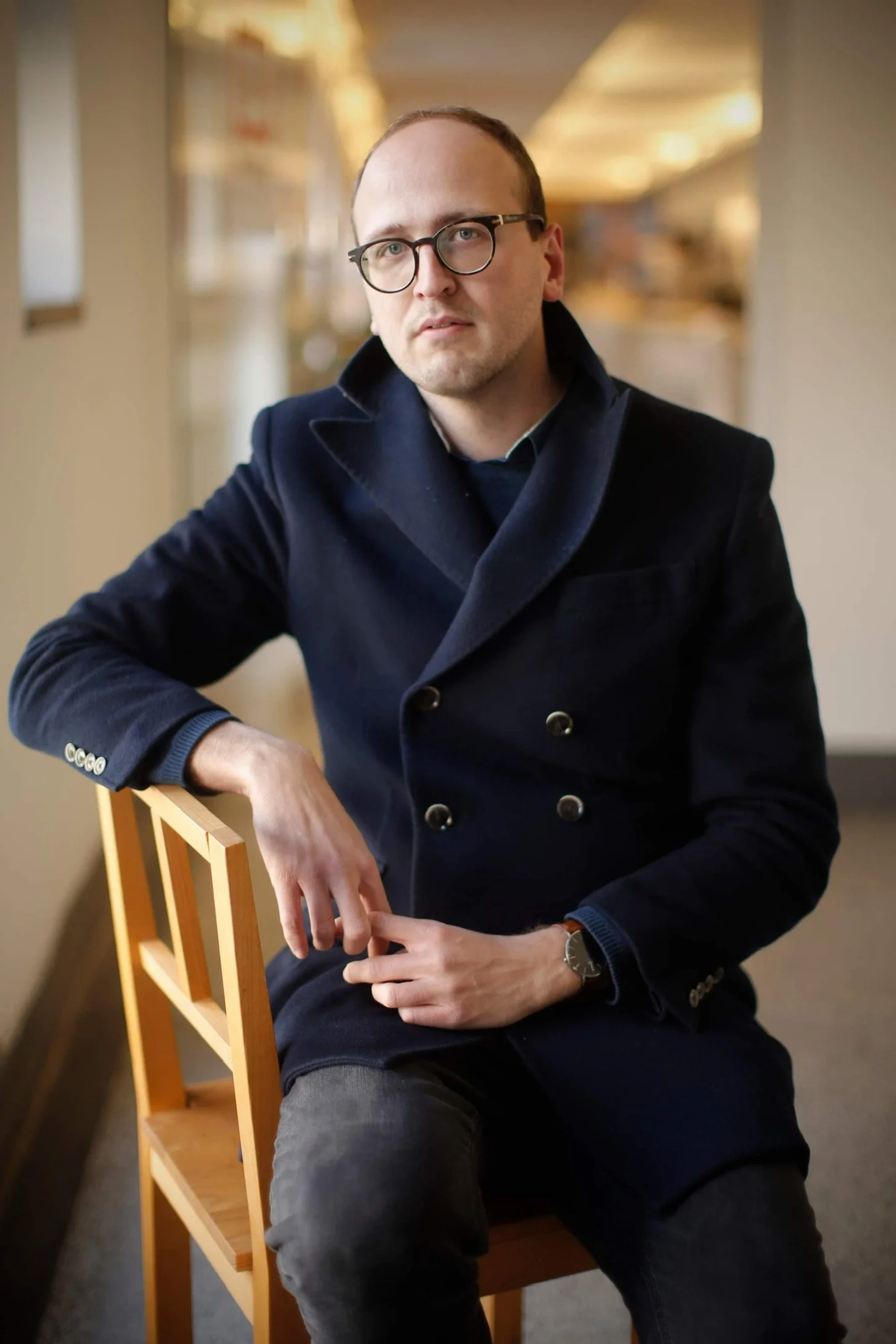


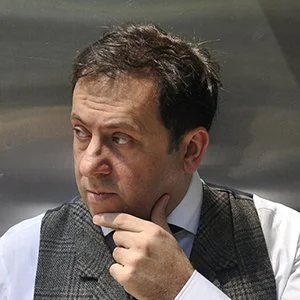




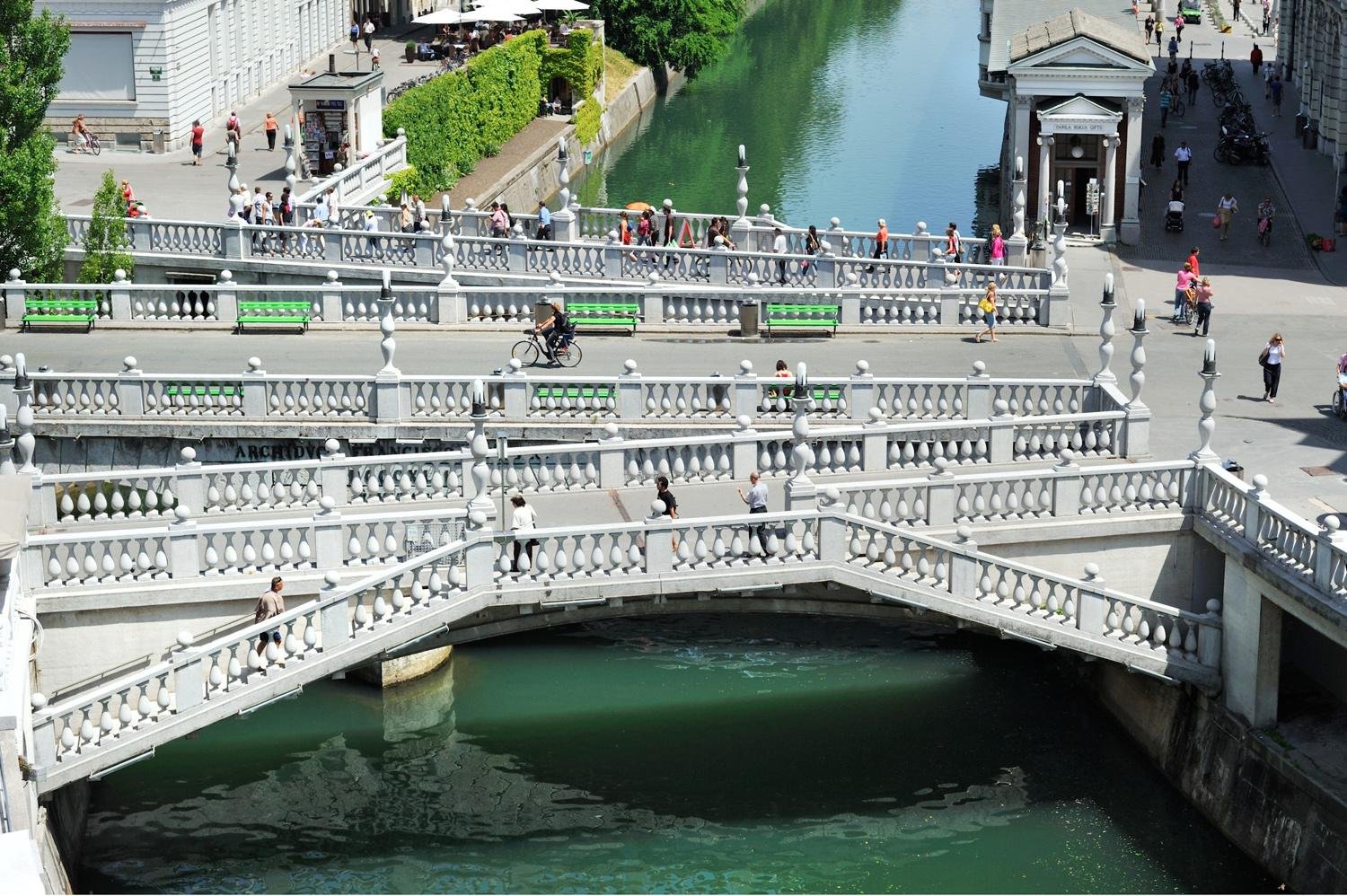

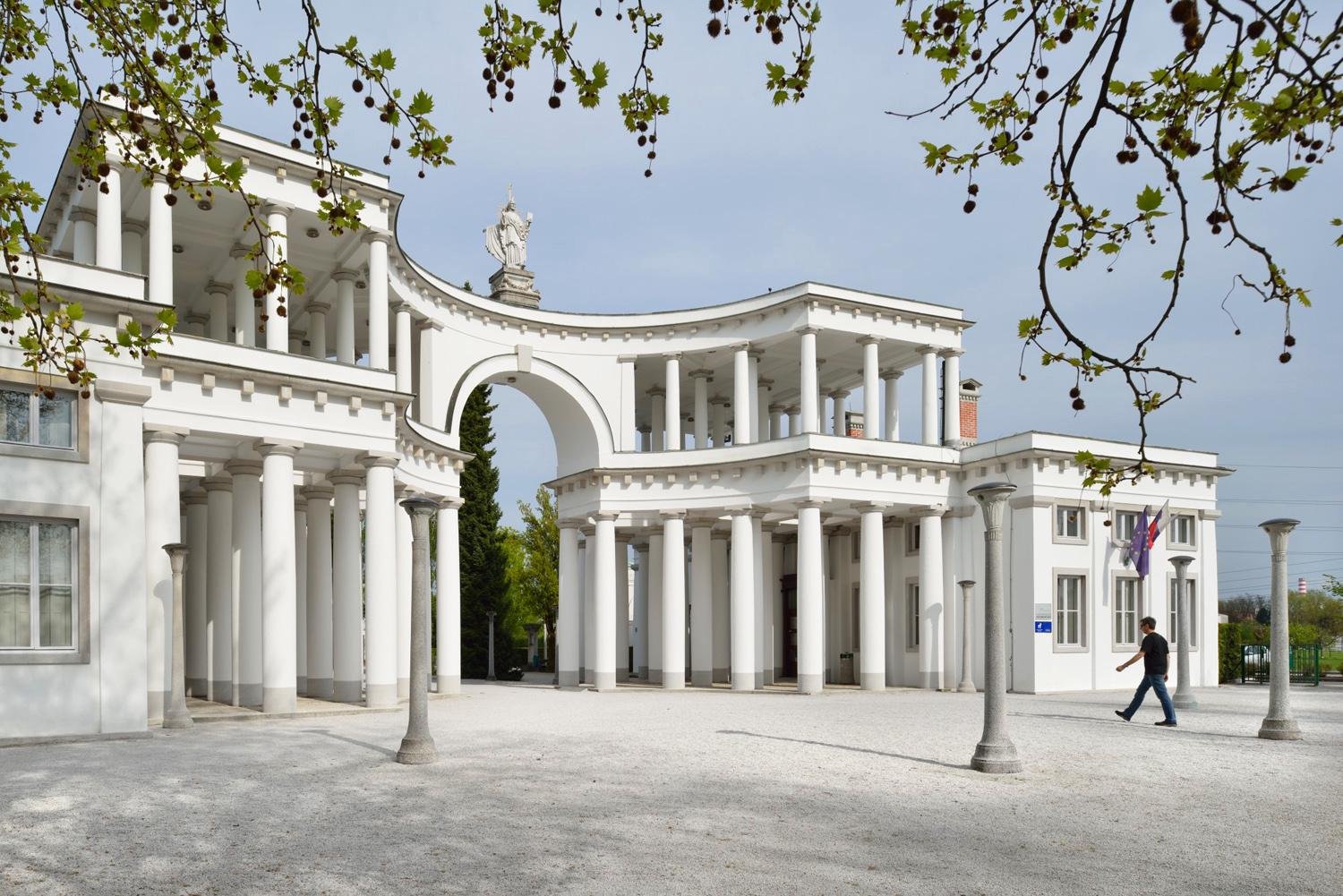
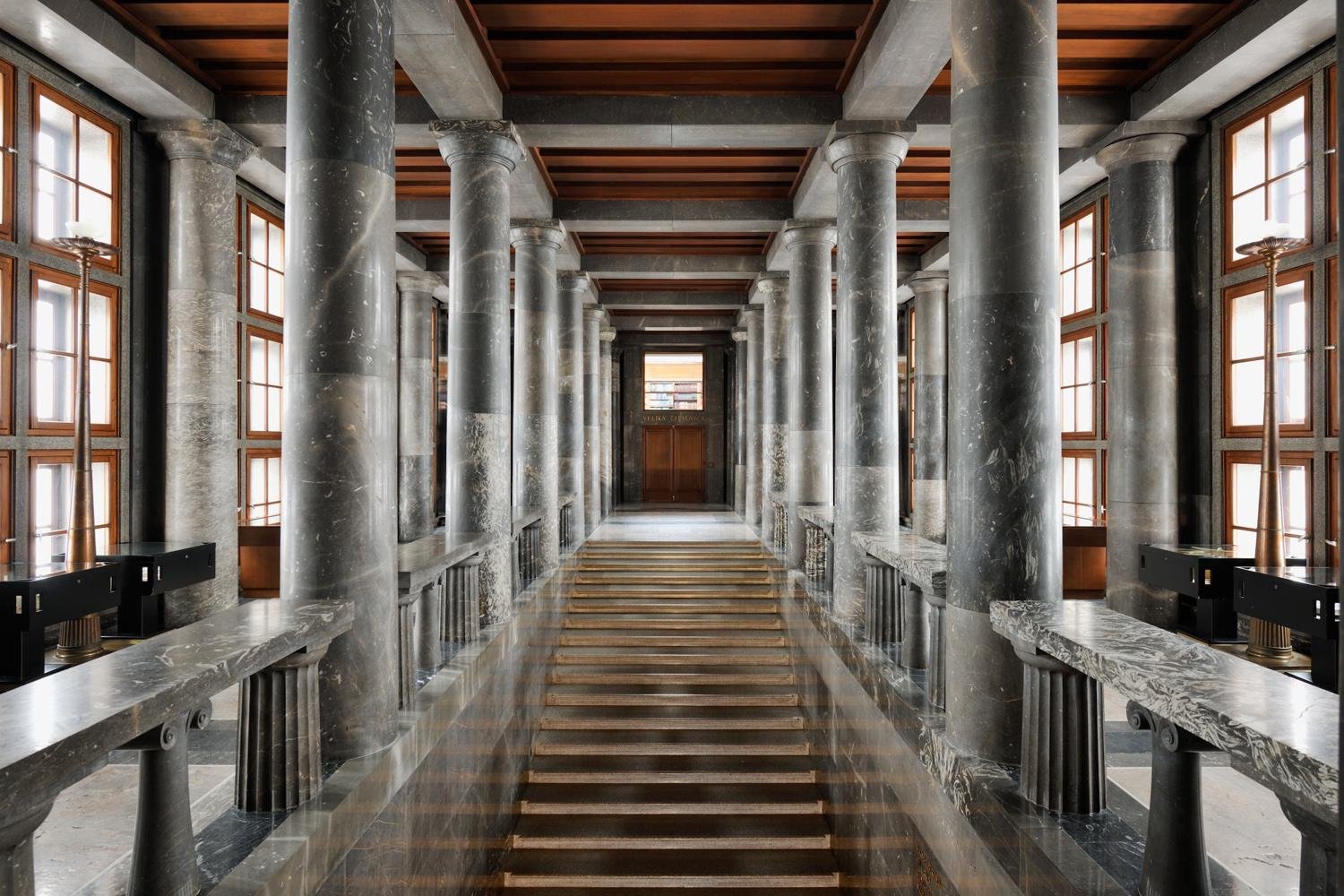

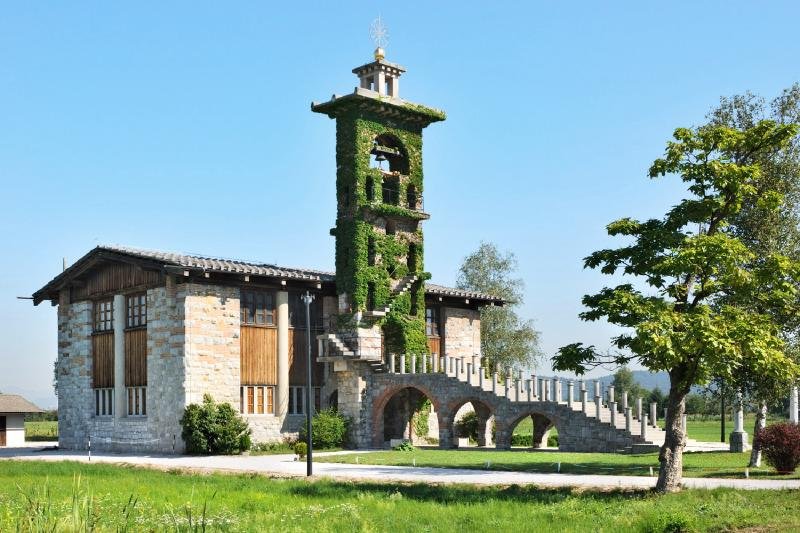

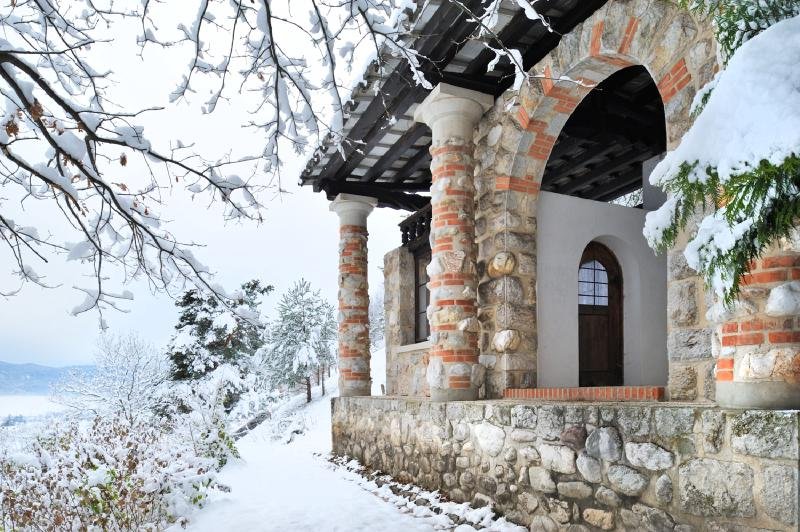


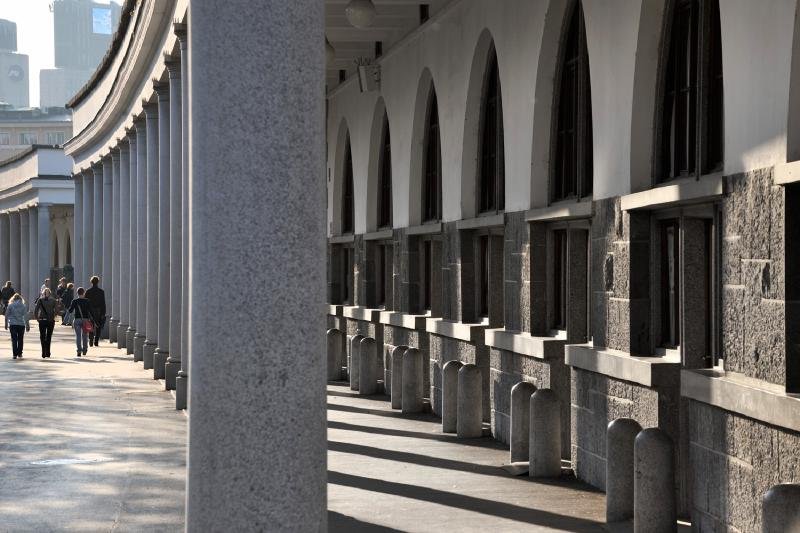
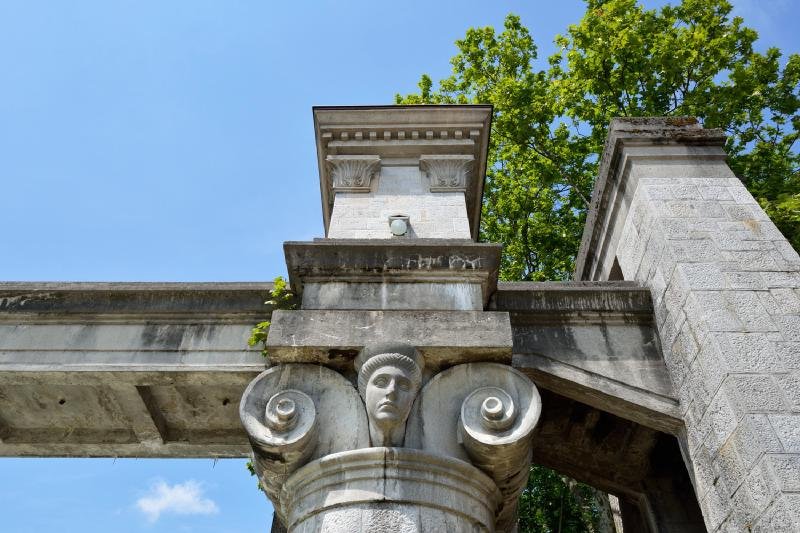











Invited Mentor
Anna Font is an architect, her work combines academic, editorial and design projects. She is interested in the convergence of computation and critical thinking in architecture.
Anna holds a Master's in Architecture II from the Harvard University GSD (Cambridge, MA) and a PhD in Design from the Architectural Association (London, UK). Anna is Head of Learning at the Architectural Association, where she currently teaches in the Emergent Technologies and Design postgraduate programme (Emtech), having previously been Course Master at the Projective Cities MPhil postgraduate programme, and Environmental Technical Studies Tutor in the Diploma School. Anna has been Unit Tutor at AcrossRCA, a transdisciplinary graduate programme at the Royal College of Art (London), and at the University of Sheffield, where her student’s work has been awarded the RIBA Yorkshire Student Awards 2023. She has taught yearly design workshops at the Master in Integrated Architectural Design at ETSALS (Barcelona) from 2015 to today.
http://www.annafont.org/